An effective oil spill kit is essential for managing spills and preventing environmental damage. Key components...
Understanding the Code of Practice for Floor Bunds
Introduction:
Floor bunds are essential containment structures designed to prevent the spread of liquids in industrial and commercial settings. Understanding and adhering to the code of practice for floor bunds is crucial for compliance with regulatory standards and ensuring effective spill containment. At Super Spill Solutions, we specialise in spill management solutions and are committed to providing clarity on the best practices surrounding floor bunds. In this blog, we'll explore the key aspects of the code of practice for floor bunds and why it's essential for your facility.
What is a Floor Bund?
A floor bund, also known as a containment bund, is a structure built around storage tanks, drums, or other hazardous materials to contain spills or leaks. It forms a barrier that prevents liquids from spreading and causing environmental damage or safety hazards.
Code of Practice for Floor Bunds: Key Aspects
Regulatory Compliance: Various regulatory bodies, such as environmental agencies and occupational health and safety authorities, prescribe guidelines for the construction, maintenance, and use of floor bunds. Compliance with these regulations is mandatory to prevent environmental contamination and ensure workplace safety.
Design and Construction: The design and construction of floor bunds must meet specific criteria to effectively contain spills. Factors such as size, material, capacity, and location are critical considerations in ensuring the bund's functionality and durability.
Maintenance and Inspection: Regular maintenance and inspection of floor bunds are essential to identify and rectify any defects or issues promptly. This includes checking for cracks, corrosion, and ensuring proper drainage to prevent accumulation of hazardous materials.
Emergency Response Preparedness: Facilities with floor bunds must have effective spill response procedures in place. This includes having appropriate spill containment and cleanup materials readily available, training personnel in spill response protocols, and conducting regular drills.
Record-Keeping: Maintaining accurate records of floor bund inspections, maintenance activities, and spill incidents is vital for demonstrating compliance with regulatory requirements and ensuring accountability.
Why Adhere to the Code of Practice?
Environmental Protection: Properly designed and maintained floor bunds prevent hazardous liquids from contaminating soil, groundwater, and nearby water bodies, reducing environmental impact.
Worker Safety: Effective containment of spills minimises the risk of slips, falls, and exposure to hazardous substances, protecting the health and safety of employees and contractors.
Legal Compliance: Adhering to the code of practice for floor bunds helps avoid penalties, fines, and legal liabilities associated with environmental violations and workplace safety breaches.
Conclusion:
Understanding and implementing the code of practice for floor bunds is essential for maintaining regulatory compliance, safeguarding the environment, and ensuring workplace safety. At Super Spill Solutions, we offer expertise in spill management solutions, including the design, installation, and maintenance of floor bunds tailored to your specific needs. Contact us today to discuss how we can assist your facility in achieving effective spill containment and compliance with regulatory standards. Stay compliant, stay protected with Super Spill Solutions!


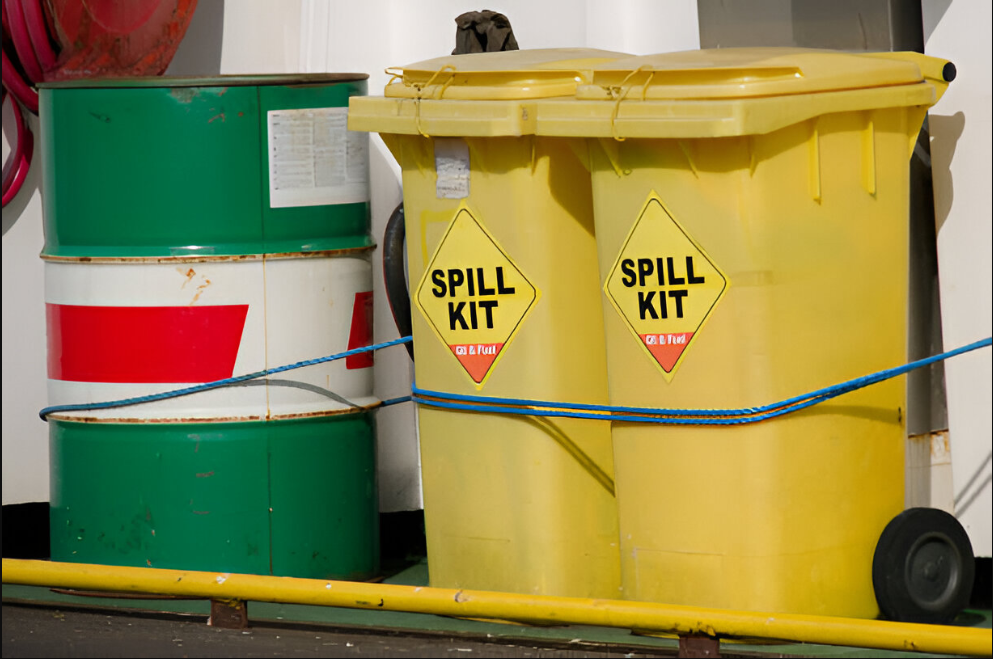
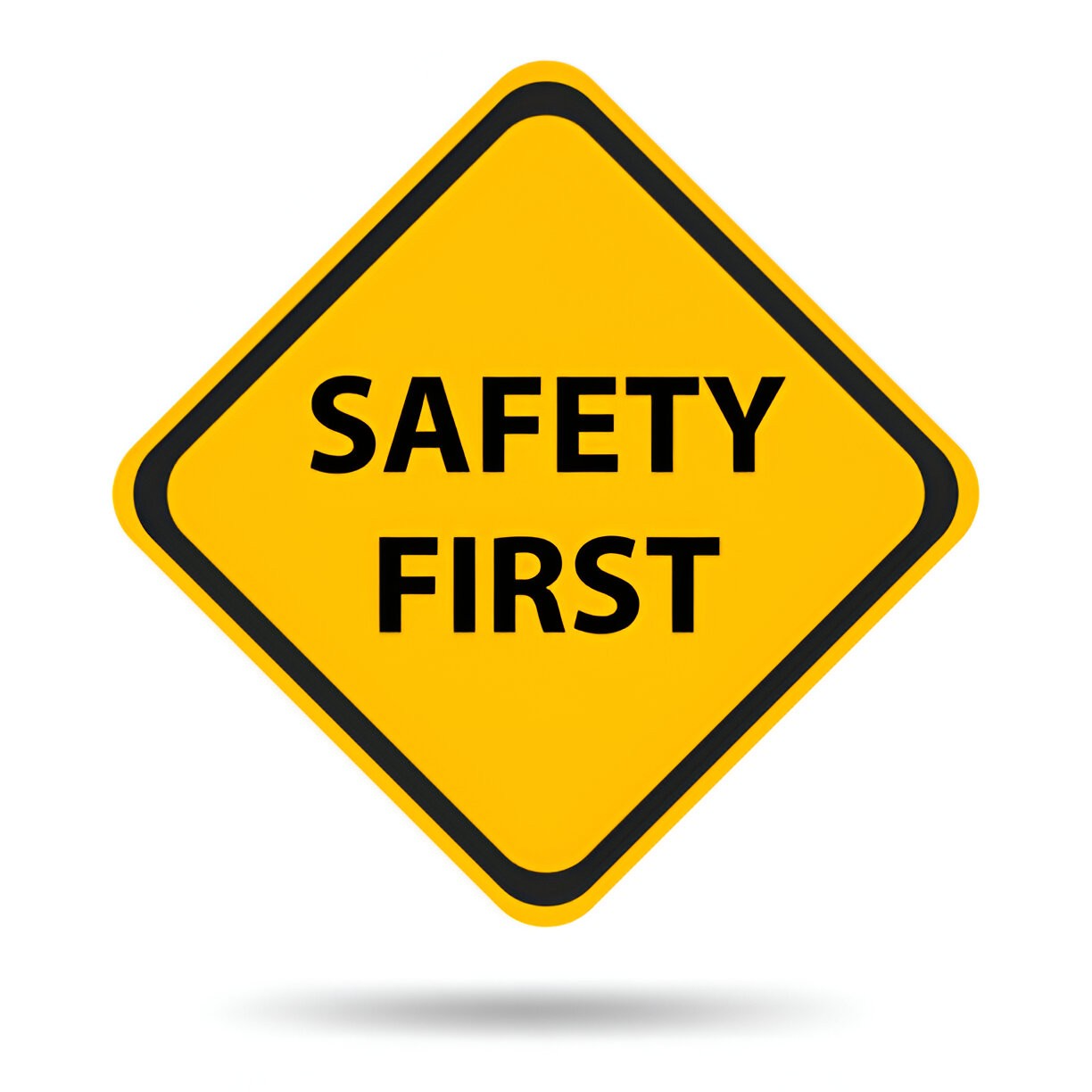

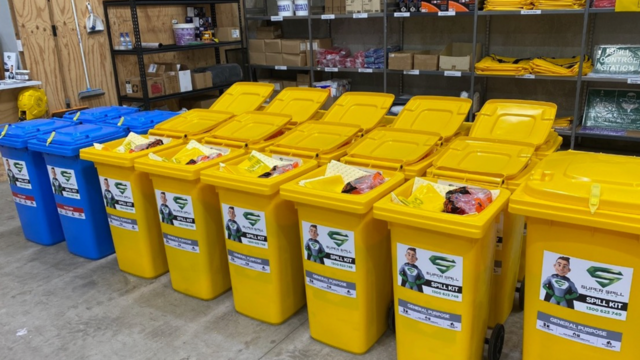
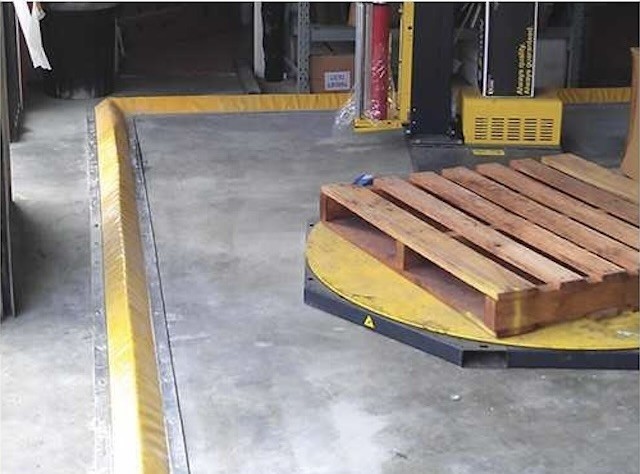
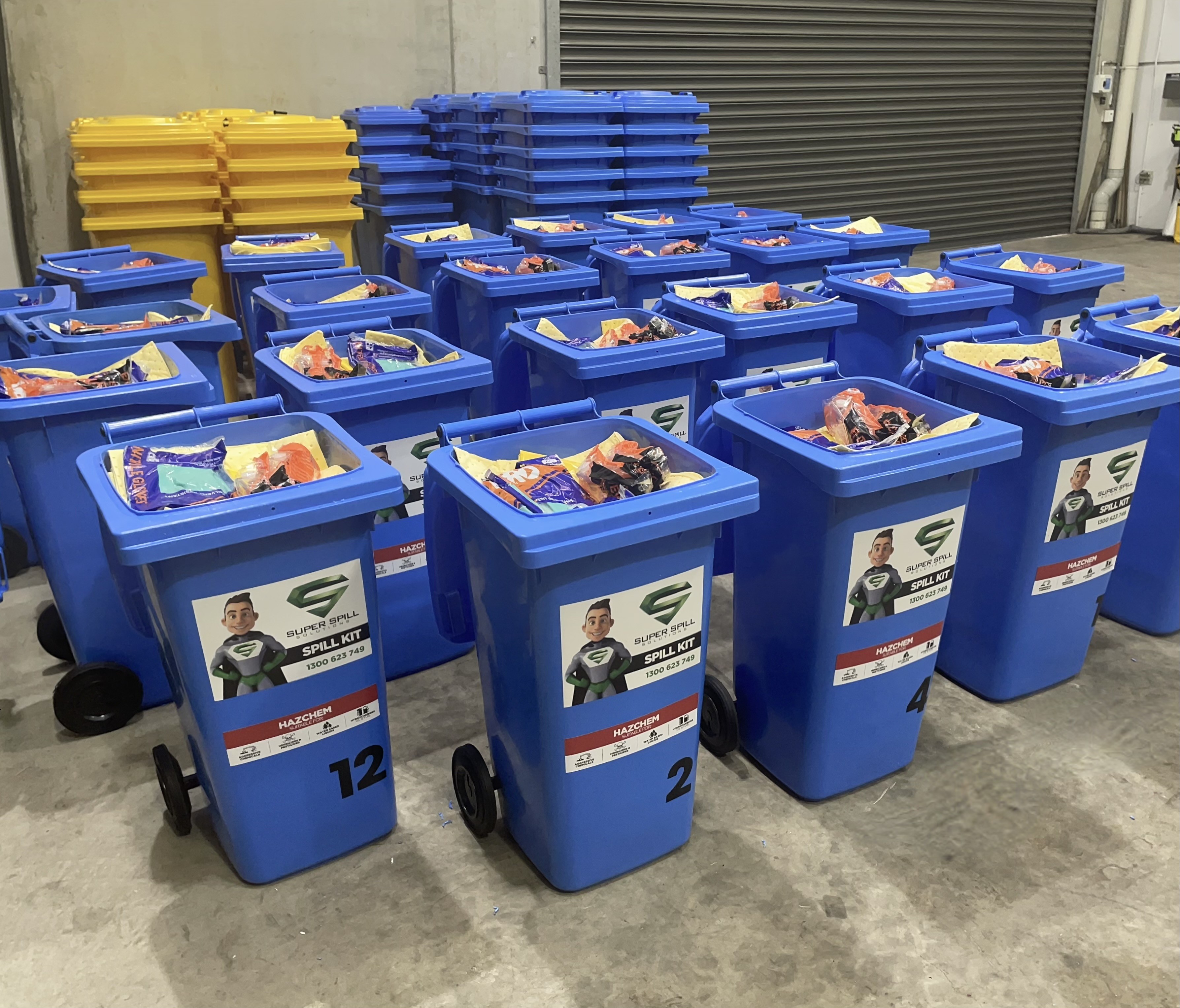
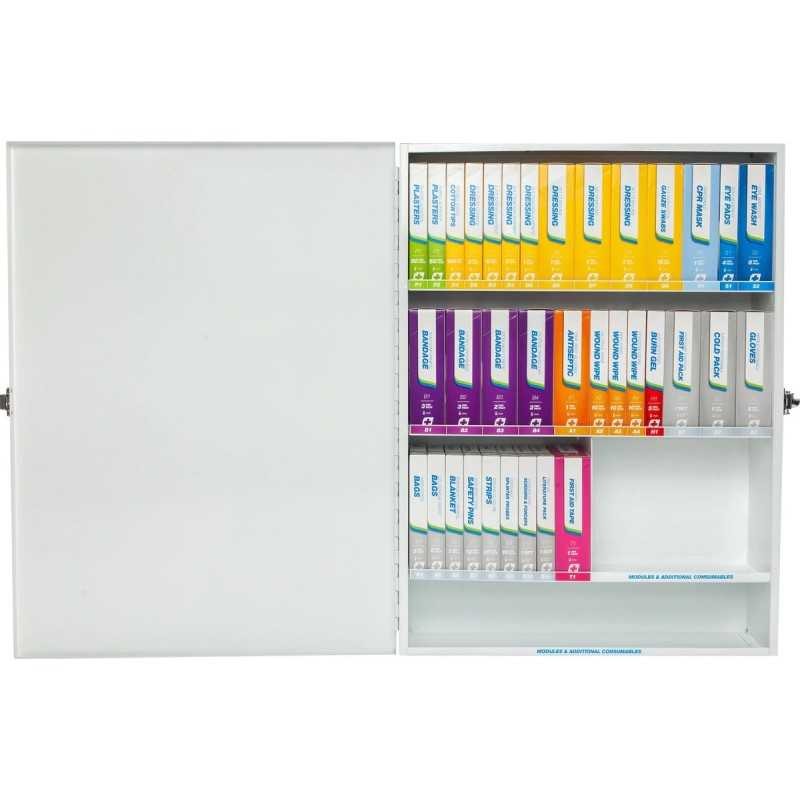
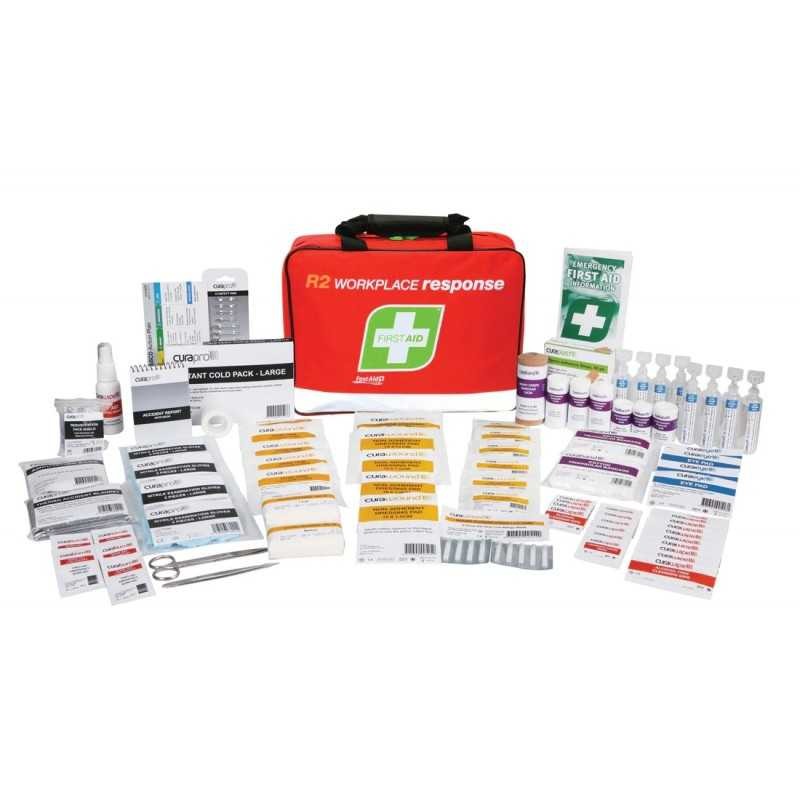

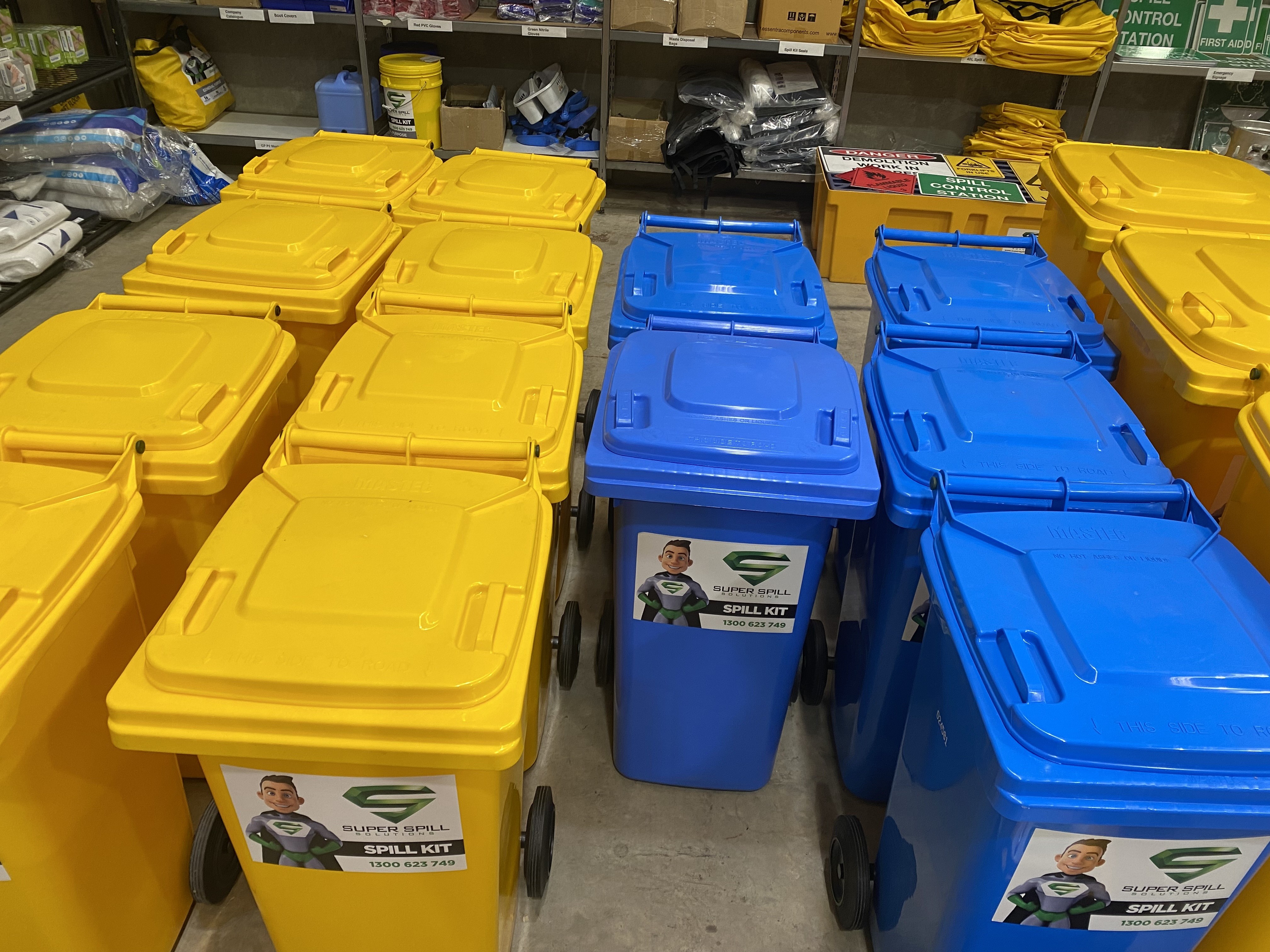
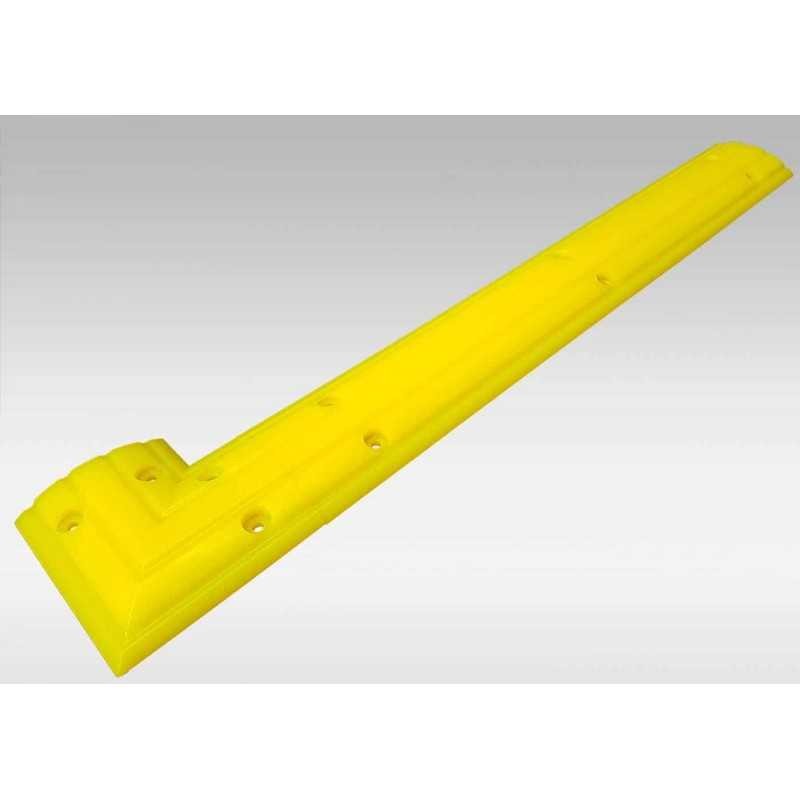
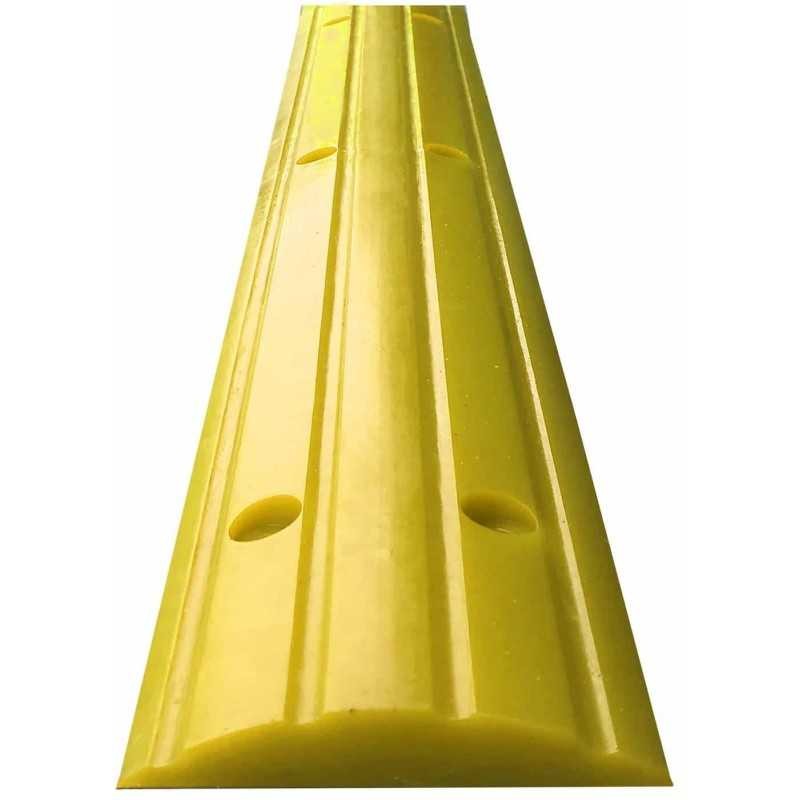
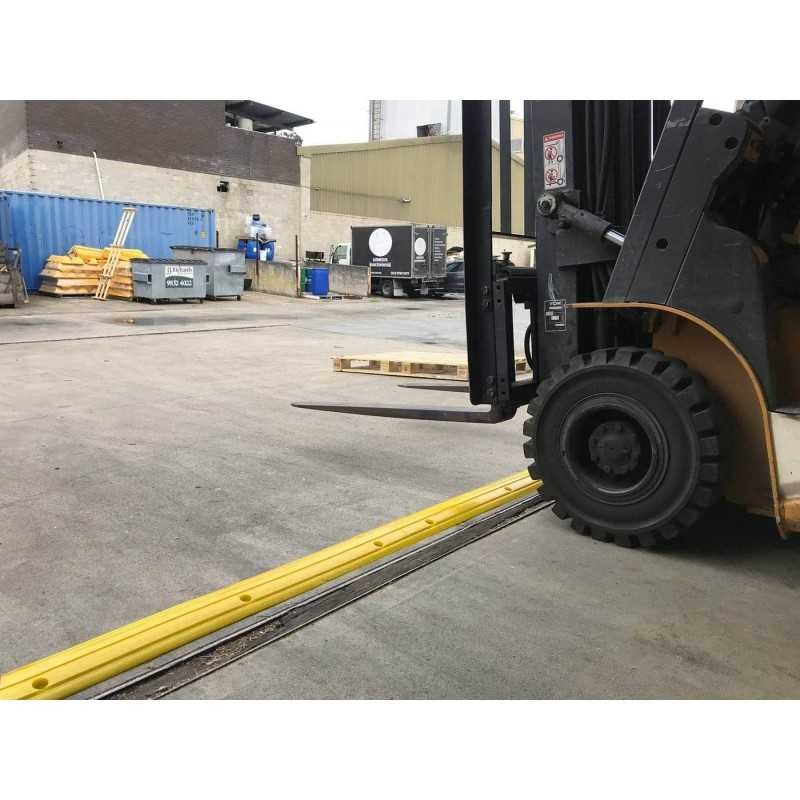
Leave a comment